‘Unusual urn’ — still filled with 3,000-year-old human remains — found in burial mound
At least 3,000 years ago, an “unusual” urn was filled with human ashes and buried within a round barrow, or burial mound, atop a ridge in England.
The cremated remains have sat nestled in the ground, surrounded by millennia’s worth of other remains and artifacts — until now, according to a Jan. 26 new release from Cornwall Council’s Cornwall Archaeological Unit (CAU).
Recent upgrades to a national highway in Cornwall led to an extensive, 3 ½ year archaeological project, including four full excavation sites, two historic buildings and various sample excavations, experts said. So far, analysis of the approximately 10 mile site has revealed artifacts spanning 10,000 years.
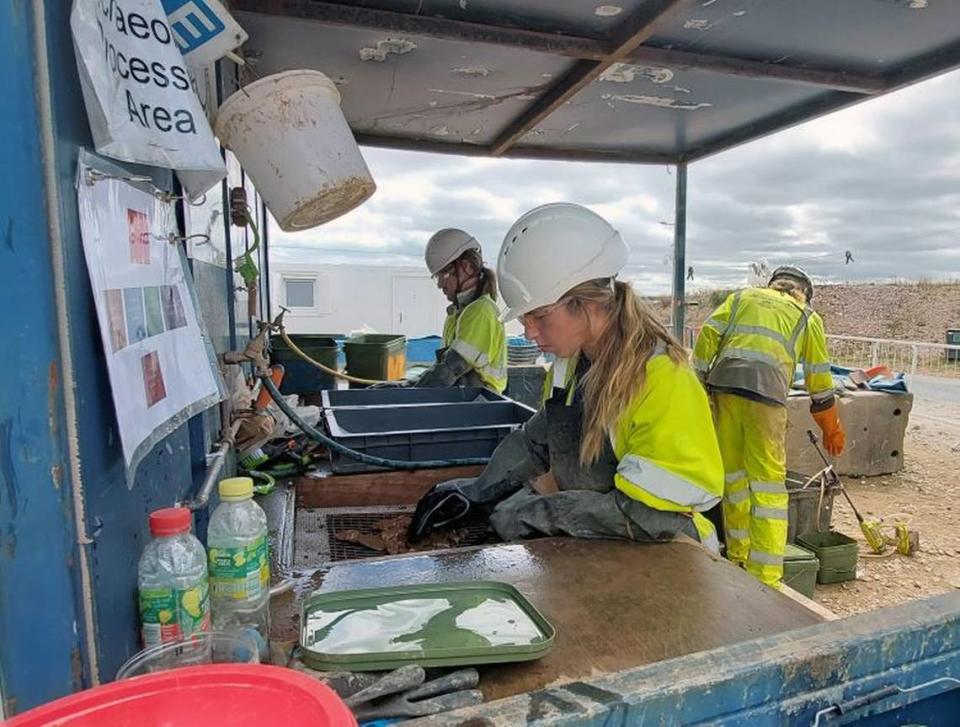
Archaeologists said their discoveries date from “the first Mesolithic (hunter-gatherers) re-populating the landscape following the end of the last ice age to relics of the 20th (century’s) Cold War.”
Here’s what was unearthed from the sprawling site.
An ancient trove of tools
The team of experts discovered a “huge” collection of flint tools and waste dating to the Mesolithic period, which lasted from about 8,000 B.C. until about 2,700 B.C.
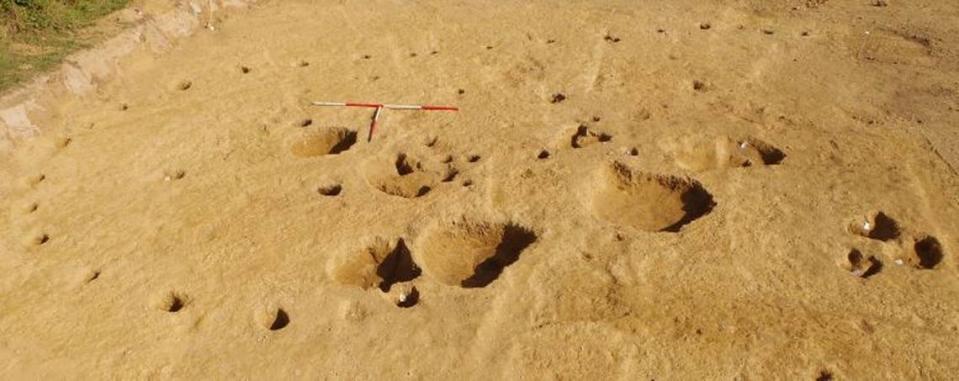
Archaeologists used “innovative sampling methods” to collect around 100,000 ancient pieces of flint, officials said. The area was likely a gathering place to prepare tools.
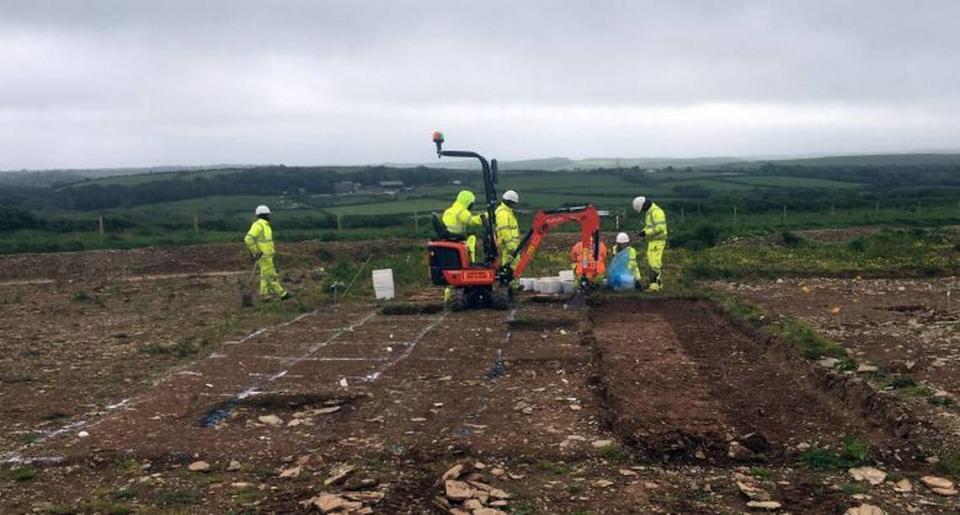
Slate tools, slate beads, plaster and hazelnut shells were also discovered at the site, according to experts. Near the tools, they also found several “hollows and posthole features” thought to represent structures used by Mesolithic hunter-gatherers.
Officials said the area was probably in use between 6,000 years ago and 10,000 years ago.
A ‘valuable’ hidden stash
By the start of the Neolithic period — which lasted from approximately 4000 B.C. until 2000 B.C. in Britain — people at the site were importing flint, according to archaeologists.
The larger, imported pieces could likely produce bigger tools, and their “distinctive” color could have been socially valuable.
The team of experts found “a circular structure built of stakes” enclosing a pit full of these imported flint nodules, officials said. Each nodule had at least a flake of flint removed, likely as a means to test the quality.
Experts said the “cache of valuable imported flint had seemingly been stashed within a building and then abandoned for nearly 6,000 years.”
Several pits filled with Neolithic pottery were also discovered, officials said.
An ‘unusual’ Bronze Age burial
Archaeologists also found several early Bronze Age barrows — which were burials covered with large, round mounds of earth. The Bronze Age began around 1900 B.C. in Britain and ended around 1000 B.C.
One barrow, found on a high ridge, contained an “unusual urn” filled with “cremated remains,” experts said. The urn “appeared to have elements of a style more usual further east in Britain,” so it may have belonged to a visitor to the area.
Other barrows were found at lower elevations. Archaeologists only found an urn in one other burial, and it did not hold human remains.
More Bronze Age urns were excavated from various pits and houses at the site.
One of the houses found at the site was teeming with “Trevisker ware,” a type of pottery common in the region during the Bronze Age, according to officials There was also a bronze hammer and a stone mold for a bronze object.
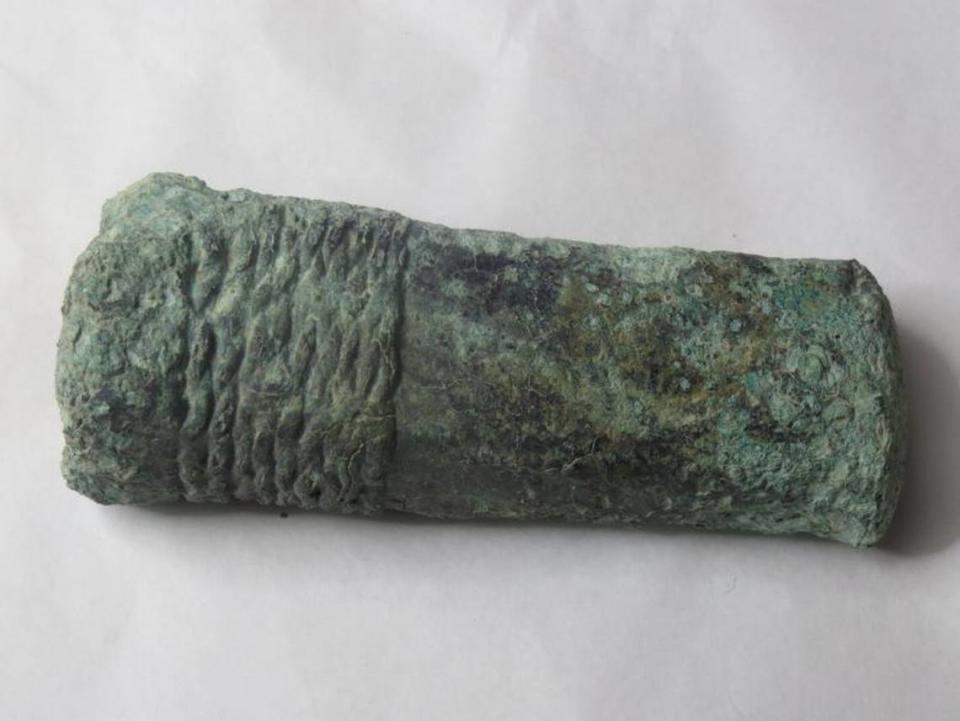
Another, “much larger” house “contained evidence for a range of industrial processes, including possible metalworking,” experts said.
Roman roads and homes
Three to four oval-shaped Romano-British houses were identified near a fortified enclosure and a ditch, according to archaeologists.
“These are presumably not the houses of the rich and powerful,” experts said. “Although one did contain a Roman coin, perhaps carefully hoarded for a rainy day.”
Several “long lines of pits” were also found from the Roman era. Archaeologists said these likely served as “borrow pits,” which were used to excavate materials for road construction.
“It takes a great deal of social organisation to co-ordinate road building on this scale and elsewhere these pits have been taken to imply Roman road building,” officials said.
Some sections of road lined with ditches for carrying water were also discovered. This road is known to predate the medieval period, so it was likely crafted by the Romans or an even earlier settlement, according to archaeologists.
Limited medieval discoveries
Artifacts from the medieval and post-medieval period — defined as 410 A.D. until 1900 A.D. — were limited.
Experts said they uncovered some evidence of a dense Middle Ages population, including metalworking pits, a well and small garden plots.
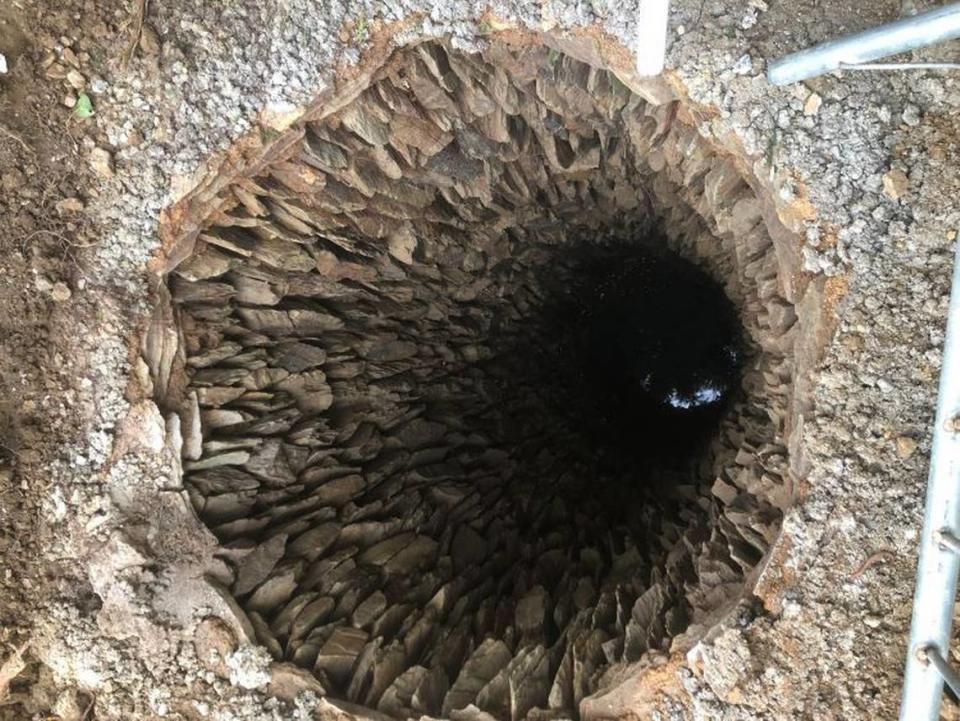
There were also remains from a “short-lived” and “unsuccessful” attempt at lead mining, which opened in 1851 and closed in 1852.
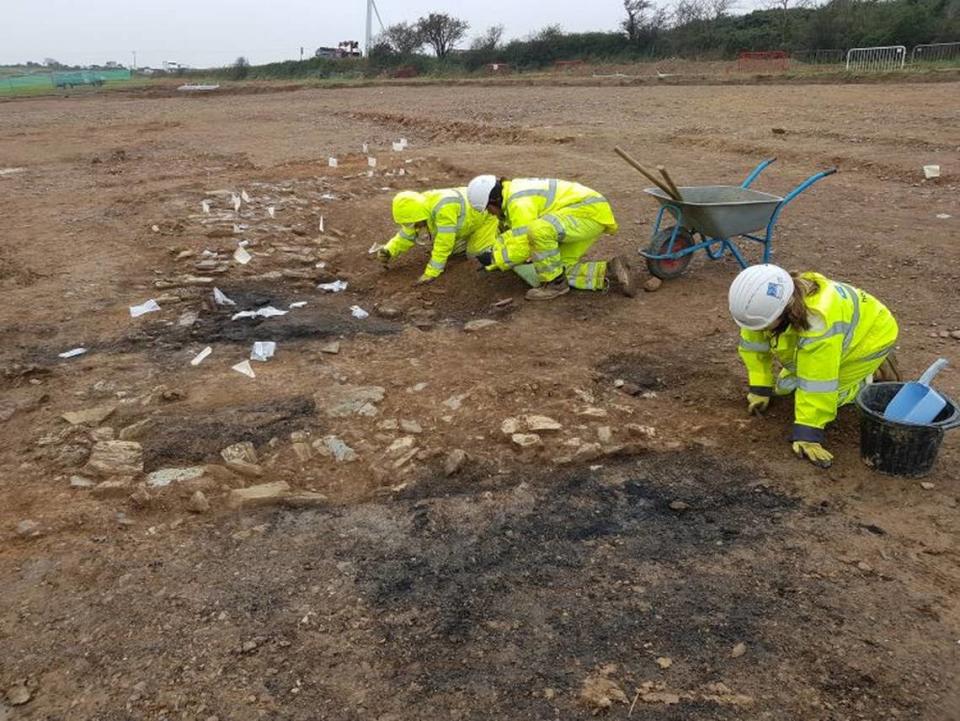
A World War II American base
The team found the ruins of approximately 50 huts and a blacksmith’s forge that were part of a U.S. Army base during World War II. The base was in use from 1943 until D-Day in June 1944, officials said.
Experts said the base served as a “regional supply depot.”
Artifacts including “a tube of toothpaste, broken radios, enamel mugs and a large number of beer bottles” were unearthed from the base, according to archaeologists.
A bunker positioned to monitor a German invasion from the north coast was also found, officials said. The remains were “flooded and rat-infested.”
Cornwall is in western England, about 280 miles southwest of London.
Massive 1,700-year-old tombs — loaded with high-end treasures — unearthed in China
Bones spotted in bog lead police to ‘unique’ find — a teen’s 2,000-year-old remains
Sprawling cemetery — with 160 child graves — sat untouched for 1,300 years. Until now

